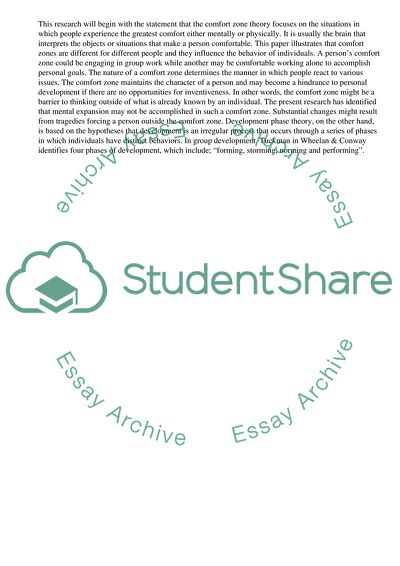Cite this document
(“The Development of the Comfort Zone and Development Phase Theories Essay”, n.d.)
The Development of the Comfort Zone and Development Phase Theories Essay. Retrieved from https://studentshare.org/management/1563640-the-comfort-zone-and-development-phase-theories
The Development of the Comfort Zone and Development Phase Theories Essay. Retrieved from https://studentshare.org/management/1563640-the-comfort-zone-and-development-phase-theories
(The Development of the Comfort Zone and Development Phase Theories Essay)
The Development of the Comfort Zone and Development Phase Theories Essay. https://studentshare.org/management/1563640-the-comfort-zone-and-development-phase-theories.
The Development of the Comfort Zone and Development Phase Theories Essay. https://studentshare.org/management/1563640-the-comfort-zone-and-development-phase-theories.
“The Development of the Comfort Zone and Development Phase Theories Essay”, n.d. https://studentshare.org/management/1563640-the-comfort-zone-and-development-phase-theories.


